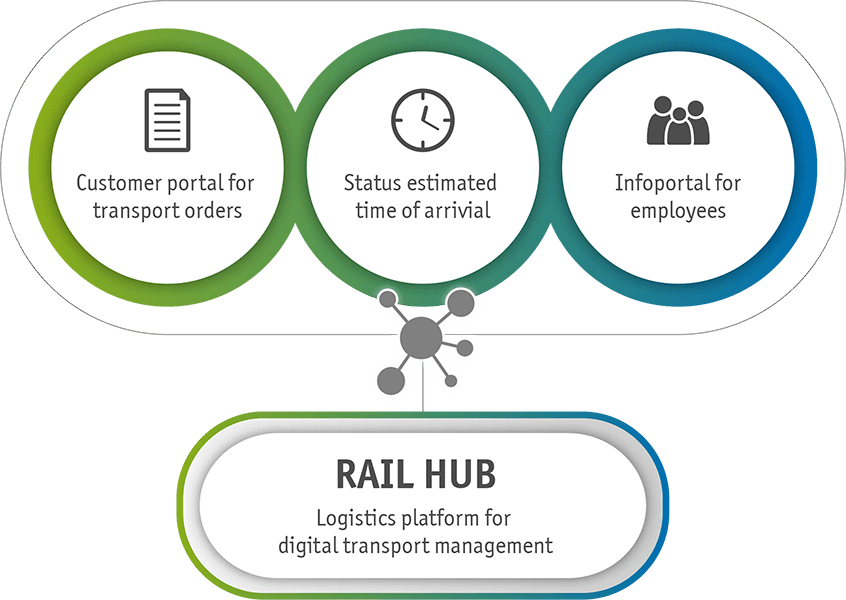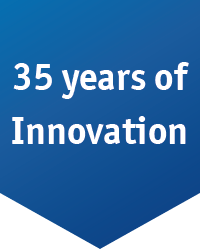RU & freight forwarder: How to communicate successfully in rail transport
03.06.2022 | If only one mode of transport is used for freight transport, as in the case of pure road freight transport, communication is usually not an obstacle. If, on the other hand, several modes of transport have to work together, the establishment of a continuous information chain is essential for the smooth handling of the transports. Combined transport, as one of the most important approaches for the mobility revolution, faces precisely this challenge: establishing standardised and efficient communication between the actors.

When it comes to cooperation between the rail transport company as operator, the forwarder, shipper and/or customer, traditional ways of communication via telephone or e-mail are not an option for handling higher transport volumes. On the contrary, they are rather a burden for the employees, prone to errors and only scalable to a limited extent. Seamless collaboration requires a system that controls, automates, accelerates and simplifies the entire data flow. ZEDAS, a specialised developer of rail software, offers RUs a special collaboration module for this task: the zedas®cargo Rail Hub. Linked to the zedas®cargo logistics software, the Rail Hub is the most important tool for the flow of information between the players. As a web platform, it allows all participants along the value chain direct access to transport-relevant information. The transfer of data from one process step to the next and the distribution of information are digital and automated.
How does the order get into the RU's system?
Information required for rail production, such as wagon and load data, is transmitted by the forwarder, shipper or customer to the RU by means of a transport order. There are various alternatives for entering the order: directly in the portal, importing a file (e.g. Excel table) according to a previously agreed format template or importing data via standard interfaces. For the latter, file formats such as ORFEUS and EDIGES are the basis. Due to the promotion of combined transport within the framework of the transport turnaround, it is to be expected and desirable that more and more shippers and forwarders use these file formats as standards.
How is information fed back to the forwarder or customer?
Information about the status of the train, such as the current position or any delays, is also mapped in the Rail Hub. Each actor only sees the information that is intended for him. In zedas®cargo it is also possible to configure the estimated time of arrival (ETA). An automatic ETA notification can be set as required - via SMS, e-mail, for all or selected trains or from a certain delay time. This information can also be transmitted via standard interfaces as an alternative or supplement to the Rail Hub.
Advantages for all involved
Reliability, flexibility and economic efficiency - these are the characteristics that ideally characterise the cooperation between freight forwarders and transport companies in rail freight transport. Powerful IT solutions such as zedas®cargo with collaboration tools like the Rail Hub collect and use the relevant data from the entire value-added process to achieve these goals. Both for the RU, which mainly uses the solution, and for the cooperating freight forwarders, shippers and customers, integrated communication is a benefit. Communication takes place in a targeted manner and without additional effort.
Would you like to learn more about the Rail Hub? Then click here.








